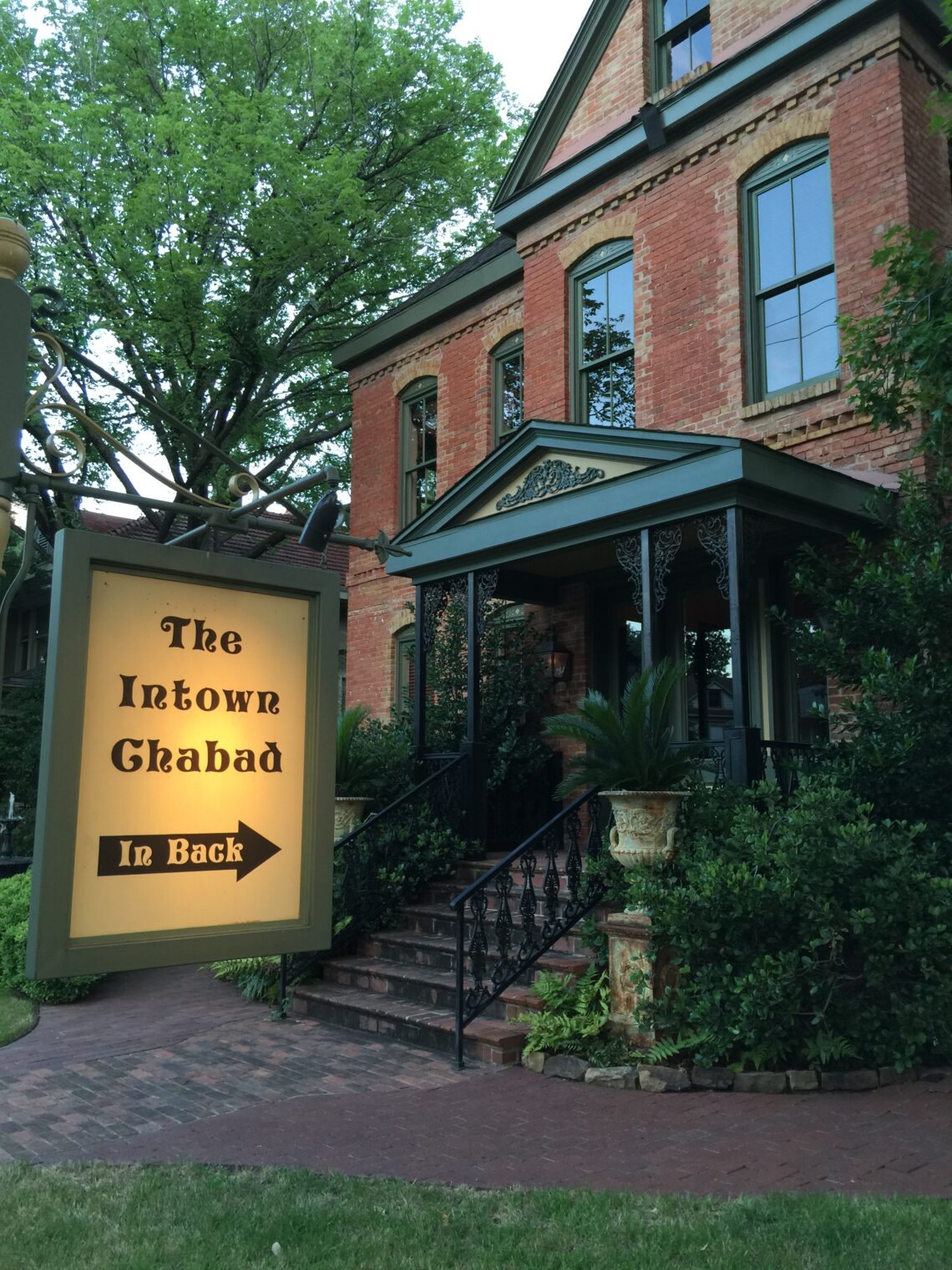A friend spent $10,000 on a 2016 Volkswagen e-Golf via Carvana, a fixed-price car delivery service. The vehicle arrived in beautiful cosmetic condition, but with a Nissan-brand charger that did not work, failing even to illuminate a green LED when plugged in, much less charge the Volkswagen. A week of hassle ensued in which the proud new owner was shunted from an auto parts store to a Volkswagen dealer. Eventually she got a Volkswagen-brand charger, which was a $700 part (enough for a year of minivan driving in the Age of Coronapanic and with gas at $2/gallon).
The new charger worked, but the car’s computer systems weren’t consistent. She would set off on a short journey with the computer showing a range of 80 miles and then watch the range forecast jump to 3 miles while the car stopped itself on the highway. 2.5 hours later, AAA towed the car away.
Eventually she decided to trade the car back for a 2010 Mini, powered, of course, by dinosaur blood.
I’m wondering if early attempts at electric cars will soon be clogging our junkyards. If her experience is typical, the systems seem to be at a Windows 98 level of reliability.
Speaking of cars, here’s a Mercedes ad from the a recent New York Times web page:
This leads to a “Pride month” web page on mbusa.com:
A Proud Owner Speaks
“This Pride month is unlike any other before it. We find ourselves in the middle of a global health pandemic, while so many of us have united in fighting to address and finally put an end to systemic racism and discrimination. As a proud Black and gay man, I take this time to pause and hold space for the Black community because we are hurting and we are demanding lasting change. Mercedes-Benz has stood with the Black and LGBTQ+ communities and has vowed to continue to be with us going forward.
As unique as this time is, it does truly echo and honors the legacy of bravery of the Civil Rights Movement and the historic Stonewall protests, which were led by pioneering Black transgender activists like Marsha P. Johnson. These movements, past and present, intersect at the common point of pushing towards equality for all.
(When you identify as LGBTQIA+, it is acceptable to modify “unique”?)
If the Wikipedia List of LGBT awareness periods is to be believed, Pride month is June, not October (home to Asexual Awareness Week, International Lesbian Day, International Pronouns Day, Intersex Awareness Day, LGBT History Month, Spirit Day, and National Coming Out Day).
We’re informed by the NYT that Americans who identify as LGBTQIA+ suffer employment and other discrimination that reduces their income and wealth. If so, how did they come to have $80,000 to spend on a Mercedes that performs the same function as a $25,000 Toyota or Honda?
Also potentially interesting: the Mercedes web site for German consumers does not contain any content regarding the company’s support of matters LGBTQIA+, at least none that a search-savvy Germany-speaking friend could find. Why are Americans so much more interested in this than Germans?
Full post, including comments 



